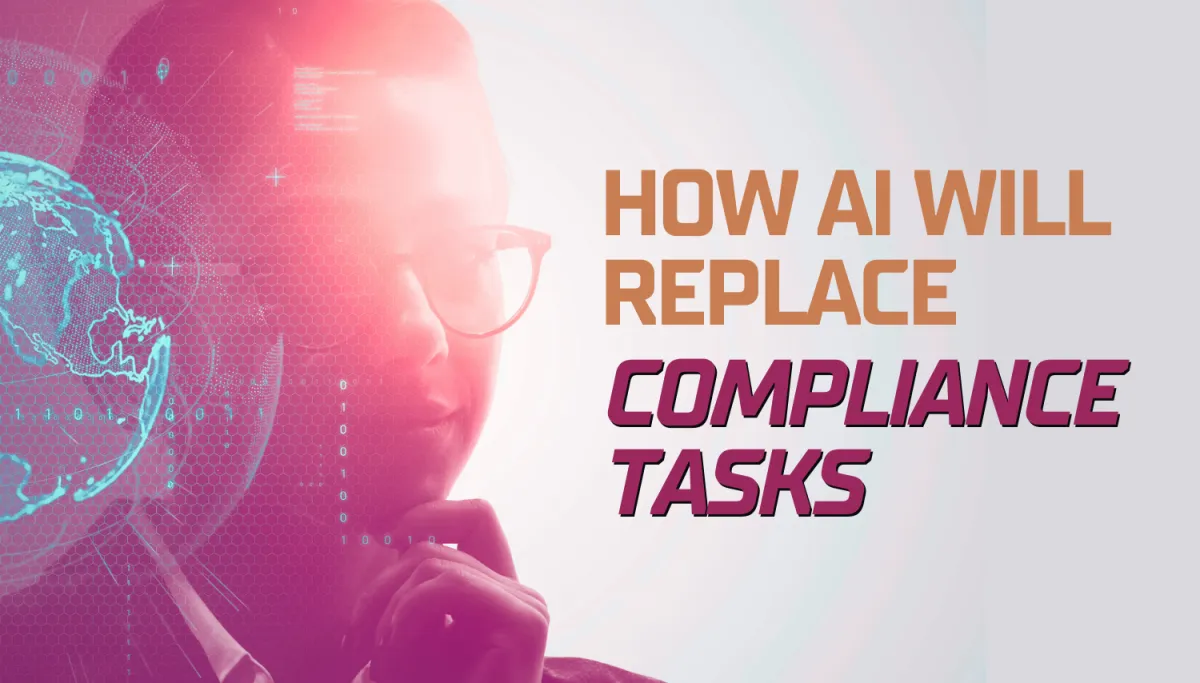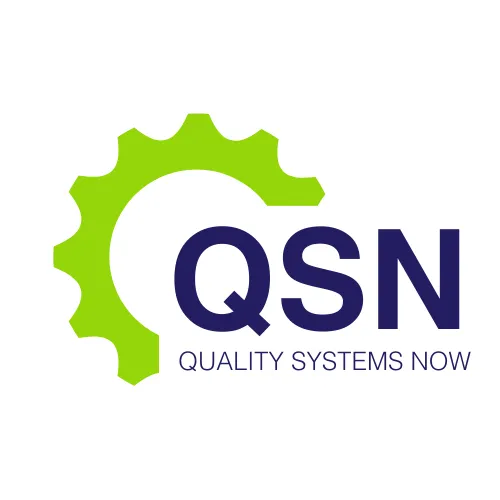LATEST NEWS

How AI Will Replace Compliance Tasks
The application of artificial intelligence (AI) to compliance management is revolutionising how companies approach regulatory adherence. Particularly in regulated industries like pharmaceuticals, biotechnology, and therapeutic goods manufacturing, where compliance with Good Manufacturing Practice (GMP) and other regulatory frameworks is non-negotiable, AI offers a transformative potential. As specialists in GMP and regulatory compliance, Quality Systems Now recognises that AI's integration into compliance processes is not a matter of "if" but "when". This paper explores the scientific foundations of AI's capabilities, the specific compliance tasks it will replace, and the implications for the future of regulatory operations.
Defining AI in the Context of Compliance
AI refers to computational systems capable of performing tasks typically requiring human intelligence. In compliance management, AI includes machine learning (ML), natural language processing (NLP), robotic process automation (RPA), and expert systems. These technologies collectively offer automation, pattern recognition, predictive analytics, and decision support.
Compliance tasks often involve large volumes of documentation, cross-referencing regulations, monitoring deviations, managing audits, and ensuring data integrity. These are typically repetitive, rule-based, and data-intensive—ideal for AI intervention. Unlike traditional automation, AI systems learn and adapt, enabling them to improve performance over time with increased data exposure.
Documentation and Record-Keeping
Documentation is a cornerstone of GMP compliance. Every batch, process deviation, cleaning cycle, and calibration activity must be recorded, verified, and archived in accordance with regulatory requirements such as those set by the Therapeutic Goods Administration (TGA) and international counterparts like the FDA and EMA.
AI can significantly reduce the administrative burden associated with this by automating data capture and record generation. For instance, NLP algorithms can interpret spoken instructions and convert them into structured documentation. Similarly, ML algorithms can flag inconsistencies or incomplete records by comparing inputs against historical norms or regulatory standards.
In a 2022 study published in Regulatory Affairs Journal, AI systems achieved a 93% accuracy rate in detecting documentation anomalies within GMP batch records, outperforming manual review processes in both speed and accuracy.
Quality Assurance Review
Quality Assurance (QA) departments are tasked with reviewing documentation, releasing products, managing deviations, and conducting root cause analyses. Traditionally, these reviews require line-by-line verification and expert judgement. However, AI can support QA by prioritising high-risk deviations, automating routine checks, and generating deviation trend analyses.
For example, AI-based deviation management tools can automatically classify deviations according to severity, potential impact, and recurrence likelihood. These systems learn from historical deviation data to predict which issues are most likely to result in non-compliance or product failure.
Furthermore, machine learning can identify "hidden non-conformities"—patterns or anomalies that do not breach compliance outright but indicate a potential systemic issue. By identifying such patterns early, companies can implement corrective actions before regulatory thresholds are breached.
Audit and Inspection Preparedness
Regulatory inspections are among the most resource-intensive activities for compliance teams. Preparing for audits involves reviewing extensive documentation, ensuring alignment with Standard Operating Procedures (SOPs), and simulating audit scenarios.
AI-enabled audit support systems can perform pre-inspection readiness checks, reviewing thousands of documents against audit checklists to flag gaps or inconsistencies. Additionally, these systems can simulate potential auditor queries based on historical audit findings and generate likely lines of questioning.
In a controlled implementation study conducted by a European biopharmaceutical firm, AI-assisted audit preparation reduced human review time by 40% and increased audit pass rates by identifying 27% more documentation issues than human reviewers alone.
Regulatory Intelligence and Change Management
Keeping up with evolving regulatory requirements across jurisdictions is a significant challenge. Regulatory intelligence—the process of monitoring and interpreting new guidelines, regulations, and industry trends—is critical for maintaining compliance.
AI systems, particularly those employing NLP and web-scraping techniques, can automate the scanning of regulatory databases, journals, and official publications. These systems extract relevant information and classify it by regulatory area (e.g., GMP, pharmacovigilance, data integrity). More advanced tools can even summarise the impact of new regulations and recommend updates to internal SOPs.
Such systems can also track internal compliance changes, ensuring that document control processes (e.g., version updates, training status) are completed in a timely and documented manner. This ensures companies maintain a continuous state of readiness, rather than reacting to non-compliances retrospectively.
Training and Competency Management
GMP compliance necessitates that personnel are trained and competent in their roles. Traditional training management involves assigning, tracking, and verifying completion of training modules, which becomes increasingly complex as regulatory requirements evolve.
AI can personalise training pathways based on employee roles, historical performance, and upcoming regulatory changes. Adaptive learning algorithms can assess comprehension in real-time and adjust content delivery to improve retention and reduce knowledge gaps.
Moreover, AI can analyse training effectiveness by correlating employee performance metrics with compliance data (e.g., error rates, deviation frequency). This allows companies to continuously refine training programs, thereby strengthening compliance outcomes.
Data Integrity and Digital Compliance
The shift from paper-based to electronic systems has increased the risk of data integrity breaches—intentional or otherwise. AI plays a vital role in protecting electronic records from manipulation and ensuring that all data modifications are logged and justified.
AI algorithms can detect unusual data entry patterns (e.g., entries made at unusual times, sequential IDs, repeated values) that might indicate data falsification. Blockchain-enabled AI systems can further enhance traceability by providing immutable records of all data interactions.
In regulated environments, compliance with 21 CFR Part 11 and Annex 11 requires systems to be validated and auditable. AI-based compliance monitoring systems can generate real-time compliance dashboards, showing system status, user activity, and audit trails in one view, thereby improving operational transparency.
Challenges and Limitations
While AI offers considerable advantages, its deployment in compliance functions is not without challenges. Chief among these are validation and regulatory acceptance. AI systems must themselves be validated according to the same principles that apply to other GMP systems. Moreover, the decision-making of AI systems must be transparent and explainable to regulators.
Data quality is another limitation. AI's effectiveness depends on access to clean, representative, and unbiased datasets. If the underlying data is flawed, AI may draw incorrect conclusions, leading to non-compliance or unnecessary corrective actions.
Furthermore, human oversight remains essential. AI should augment—not replace—expert judgement, particularly in complex regulatory interpretations and ethical decision-making.
Conclusion
AI is poised to replace many routine and repetitive compliance tasks, leading to more efficient, accurate, and proactive compliance management. For organisations in the therapeutic goods, testing laboratory, and biotechnology sectors, embracing AI is not only a competitive advantage but increasingly a necessity.
Quality Systems Now advocates for a strategic and scientifically grounded adoption of AI technologies, ensuring that regulatory compliance evolves alongside technological advancement. The future of compliance is intelligent, data-driven, and increasingly autonomous—but it will always require human insight at its core.
